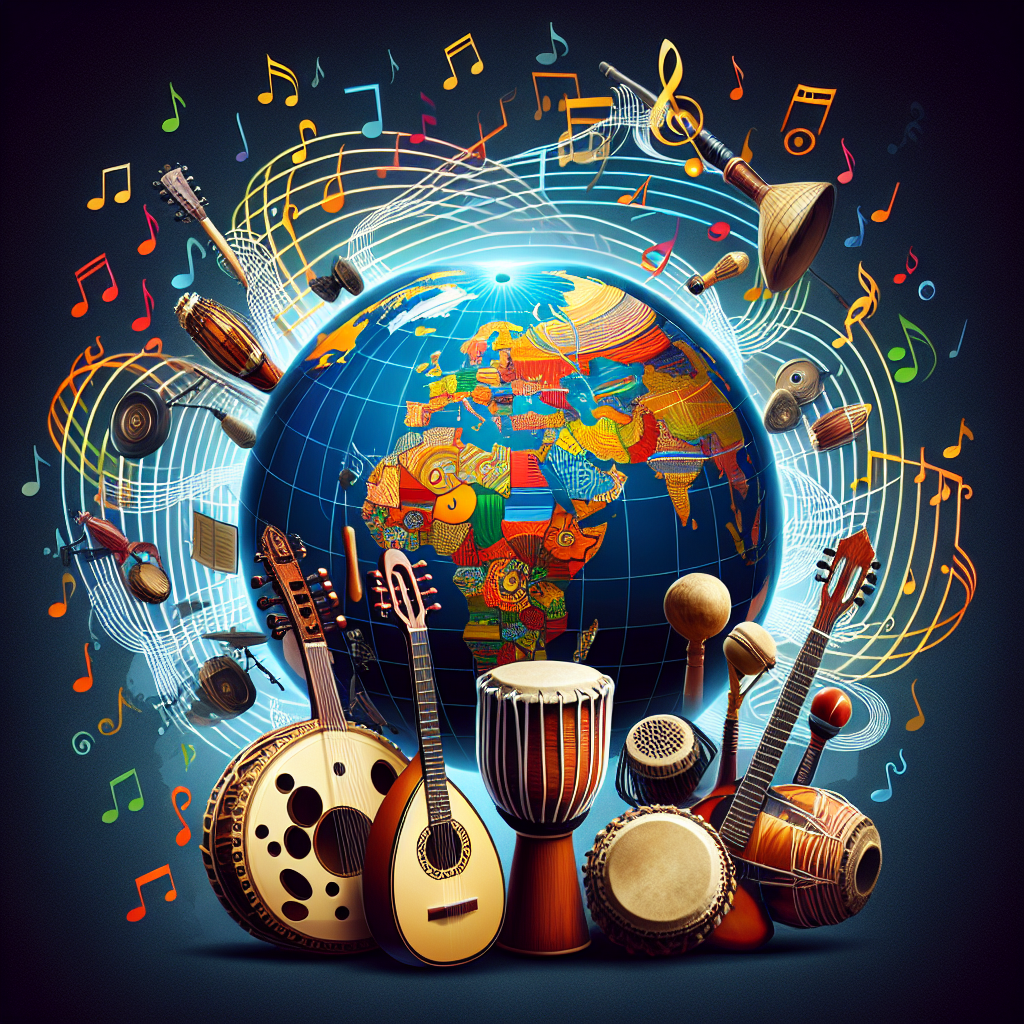Rhythm and Blues, fondly known as R&B, is a music genre that originated in African American communities in the 1940s. This genre of music combines jazz, blues, spiritual music and gospel styles to form a mellifluous melody that has become a cultural symbol not just in America but for many around the world. Let us take a trip back in time and uncover the roots of Rhythm and Blues music.
The Rise of R&B
Rhythm and Blues was born out of the rich cultural tapestry of African American communities during World War II. Their wartime experiences, struggles, desires, and hopes all found expression in this powerful and expressive musical genre. The term ‘rhythm and blues’ was originally coined by record companies as a marketing term to describe records aimed at urban African Americans, at a time when upbeat jazz-based music was becoming more popular.
Evolution and Influence
Early Rhythm and Blues was a confluence of jazz, gospel, and blues. It had a distinctive rhythm, with a heavy and persistent beat that was carefully designed to pull listeners into a mesmerizing dance. It borrowed the improvisational element of Jazz and the emotional intensity of the Blues. Earlier R&B was predominantly piano-based but later included other instruments such as guitars, saxophones, and drums.
R&B has had a profound influence on various other genres, such as rock and roll, soul, funk, disco, and contemporary pop and hip hop. Artists like Elvis Presley, The Beatles and The Rolling Stones, all cite R&B as a significant influence in their music.
Notable Artists
Numerous artists have come to symbolize the spirit and essence of R&B. Louis Jordan, known as the “King of the Jukebox”, played an instrumental role in pioneering the sound that later evolved into R&B. Ray Charles merged R&B with gospel music, creating soul music in the process. Other artists who’ve made significant contributions to R&B include Ruth Brown, Bo Diddley, and Chuck Berry, to name a few.
R&B Today
Today, R&B continues to evolve, incorporating elements of electronic music, hip hop, and other genres. Artists like Rihanna, Beyoncé, Usher, and Drake, have all become global celebrities, pushing the boundaries of R&B and taking it to new heights. R&B has also diversified into various sub-genres including contemporary R&B, Neo-soul, and alternative R&B. Despite these changes, the soul, rhythm, and emotion of the original R&B remain undiluted.
Conclusion
Exploring the history of Rhythm and Blues takes us on a profound journey through the lives and experiences of the African American community in the 20th century America. Its infectious rhythm, powerful lyrics, and its raw, emotional core speaks volumes about the experiences and struggles of its creators. As the genre evolves, we can see the foundational influences of Rhythm and Blues continuing to shape contemporary music across various genres globally.
FAQs
-
1. What are the elements of Rhythm and Blues?
Rhythm and Blues is often characterized by its emotive lyrics, soulful melodies, and a strong, persistent beat that is designed to pull listeners into a dance.
-
2. How has R&B influenced other genres of music?
R&B has had a substantial influence on many genres, including rock and roll, soul, funk, disco, and contemporary pop and hip hop.
-
3. Who are some notable R&B artists?
Notable R&B artists include Louis Jordan, Ray Charles, Ruth Brown, Bo Diddley, Chuck Berry, Rihanna, Beyoncé, Usher, and Drake.
-
4. How has R&B evolved over the years?
While the roots of R&B lie in jazz, gospel, and blues, today’s R&B incorporates elements of other genres, including electronic music and hip hop. It has also branched into various sub-genres such as contemporary R&B, Neo-soul, and alternative R&B.
-
5. Why is Rhythm and Blues important?
The significance of R&B is twofold. First, it’s a rich cultural and historical artifact that reflects the experiences of African American communities during the 20th century. Second, it has heavily influenced and shaped the trajectory of music over the last 70 years.




